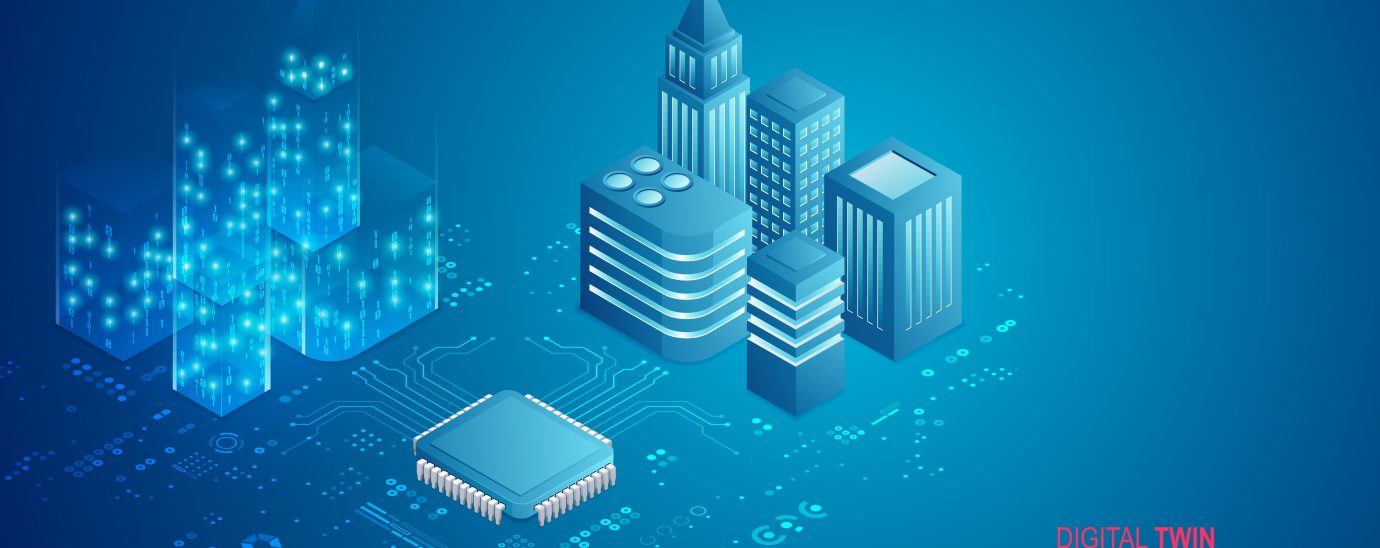Why firms need Digital Twin Organization (DTO) and benchmarking processes to drive digital transformation

Gero Decker, General Manager SAP Business Process Intelligence & Co-founder of Signavio, discusses why benchmarking, coupled with Digital Twin Organization (DTO), is integral to successful digital transformation and improving customer experience.
During 18 months of pandemic-driven fluctuation, many enterprises rapidly adopted digital processes and ways of working to navigate the disruption.
Expenditure levels have skyrocketed. According to a forecast from the International Data Corporation, we can expect that US$2.1trn will be spent on digital transformation initiatives in 2021.
Meanwhile, McKinsey has tracked the average share of digital customer interactions across the globe. In July 2020, this stood at 58% – significantly higher than the 36% reported in December 2019 and representative of a three-year acceleration in the space of just a few months.
As time passes and the post-pandemic era begins to unfold, it appears that digital transformation strategies are being cemented into long-term business plans. Indeed, more businesses are beginning to make the permanent shift to being customer-centric and digitally-led.
How DTO and benchmarking enable digital transformation
This trend demands a re-think of current business models to better evaluate and refine processes.
Many firms have already adopted a Digital Twin Organisation (DTO), a dynamic software model of one’s own business model to assess in real-time how well processes are working.

As defined by Gartner, it relies on operational and other data to understand how an organization operationalizes its business model, connects with its current state, responds to changes, deploys resources and delivers customer value. Put simply, it can help leaders of complex businesses to plan, direct, monitor, analyze and, ultimately scale and grow their organizations.
More and more firms will be adopting a DTO in the coming years. According to industry forecasts, the global digital twin market will reach more than $48bn by 2026, up from just $3.1bn in 2020 and growing at a rate of 58% a year.
But successful digital transformation strategies should also incorporate benchmarking in tandem with DTO.
Benchmarking is a measurement tool many businesses use to better understand the performance of their internal processes against that of industry competitors. Unlike a DTO, it offers a comparison element that is crucial to gaining a competitive advantage from digital transformation programmes.
To make the most of benchmarking, organizations need to link it to customer journey modelling and the associated KPIs. The key message enterprises need to engage with is that benchmarking is not boring anymore – conversely, it is bold and exciting because it can help them to understand and respond to their customers better.
However, many firms believe they know all they need to know about benchmarking, so it is a topic that is not inspiring the urgency it should. Furthermore, benchmarking is also widely perceived as expensive, not routine, and not transformative – a one-time premium paid exceptional activity that doesn’t provide lasting value.
These perceptions need to be reversed. Benchmarking can now be carried out at our fingertips and be completely automated thanks to breakthroughs in AI and other technologies (such as process mining) which enable mass customization, connections to big data and ongoing monitoring.
The role of process mining
Indeed, forward-thinking organizations need to be investing in tools such as benchmarking and DTO if they are to effectively analyze how their current processes work, identify issues and make meaningful improvements.
Process mining can serve as the foundation for the successful automation of these key tools.
Such software enables organizations to run in-depth process analysis on their own event data, identifying the root causes of poorly performing processes, detecting and visualizing compliance violations, monitoring process performance, and supporting collaborative action on critical cases and performance bottlenecks.
Unlike typical data analytics projects, process mining is a way of generating key insights into process operations without burdensome cost and time investments. If leveraged effectively, it can dispel the perception that benchmarking is a premium expenditure that cannot deliver transformative long-term value.
READ MORE:
- Why aren’t more businesses taking advantage of simulation-based digital twin technology?
- Disrupt Infrastructure – ‘Digital Twins’, the catalyst for real-world innovation.
- Digital transformation for the digital generations
- The importance of digital transformation within e-commerce
Underpinned by process mining, both DTO and benchmarking tools can work in tandem with one another to help organizations understand how to operationalize their business models.
In combination, these tools enable enterprises to build out a deeper understanding of their customers, and thus satisfy their needs more effectively making room for competitive advantage.
For more news from Top Business Tech, don’t forget to subscribe to our daily bulletin!